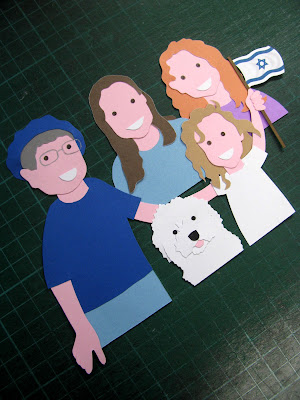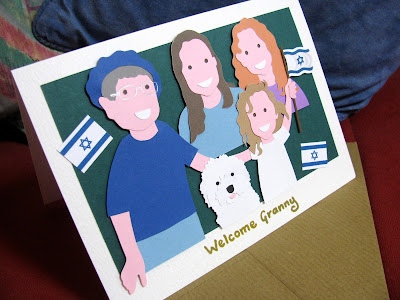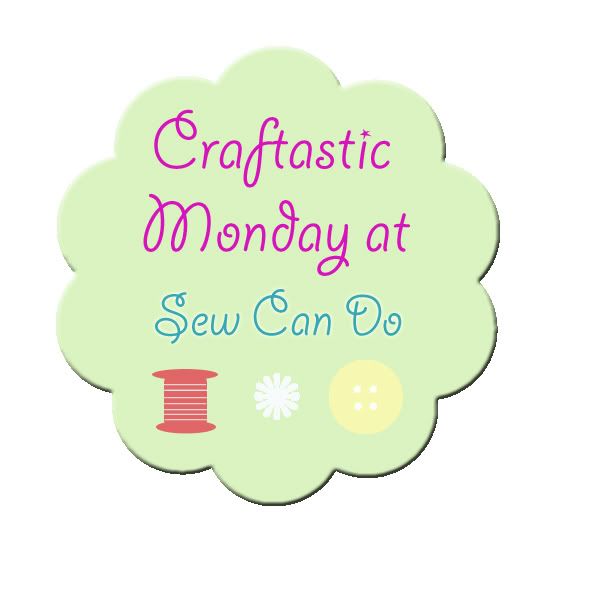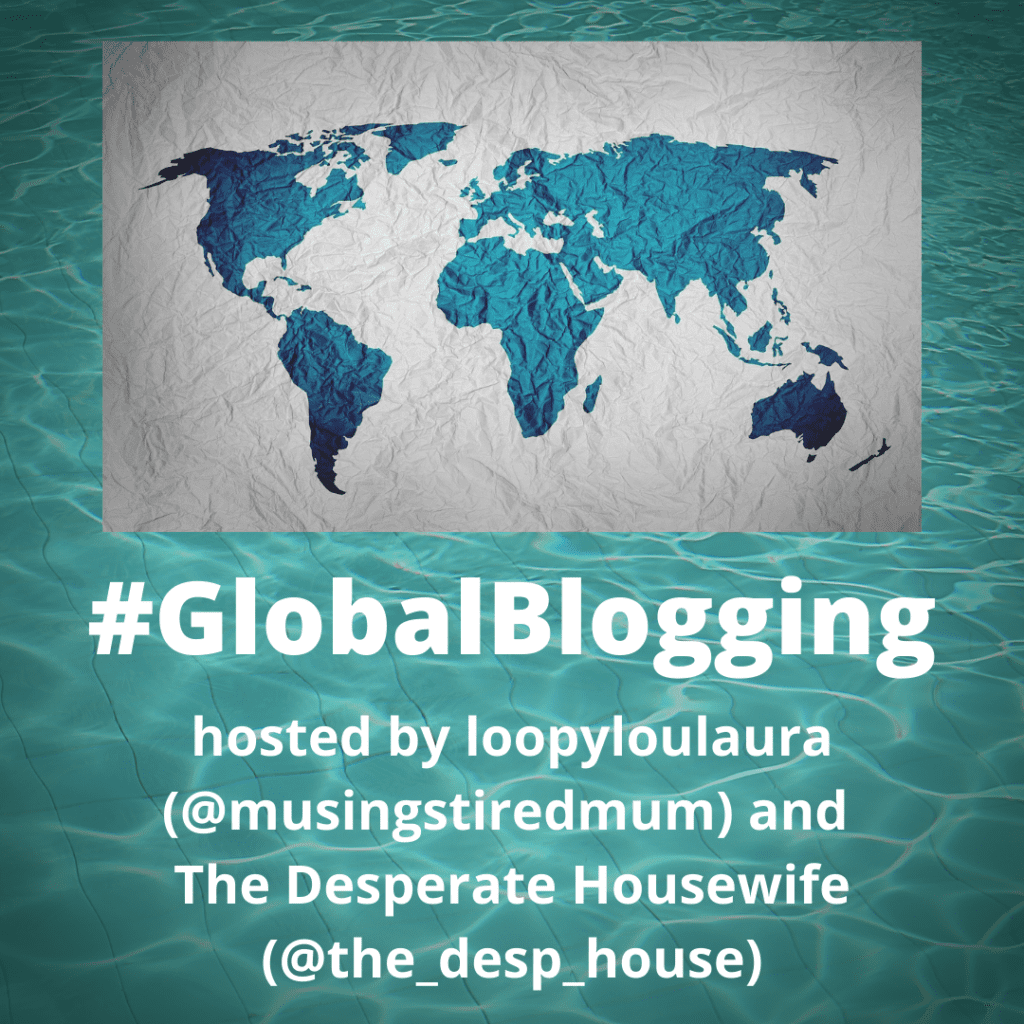The graffiti event "Pop-Up Museum TLV" is due to take place three times a year, each time in a different building in the city of Tel Aviv. Each of the three buildings chosen will be upgraded in accordance with the TAMA 38* plan (TAMA is an abbreviation in Hebrew which means "National Outline Plan 38") but beforehand they will host an exhibition that promotes young artists in various fields of art. One such event, which I first noticed on Facebook, took place in January. People seemed very excited by it and were writing rave reviews. Though they said that the queues to get in were long, I knew that I had to go and see what all the fuss was about!
More than 90 talented artists had come together come together to transform the walls of an apartment building set to be gutted in central Tel Aviv. The theme of the event was "What if this is just a dream?". Graffiti artists, painters, illustrators and graphic designers were asked to offer their interpretation of the question. The empty walls, ceilings and floors of the apartment building enabled them to go beyond the boundaries of standard art exhibitions and provided them with a unique platform to express themselves.


The artists covered every inch of the four floors and 12 apartments in the building on Clay Street with works depicting dreams, love, social media and life in Tel Aviv. Each artist was able to put his or her own interpretation on the walls, in the corridors, and in every open space, in keeping with the guidelines that the walls themselves must not be left white. In contrast to museums and galleries, where works are displayed against the background of white walls, with Pop-Up Museum TLV 2, the entire building was to be turned into a parallel world.




In recent years we've witnessed the art establishment's warming to - even adoption - of street art. What was once deemed underground and plain illegal, done in the dark of night on sketchy streets, unvalued, covered over and erased, has increasingly been absorbed into the cultural and artistic mainstream as municipal bodies and museums around the world gradually understood the power of street art. The about-turn in attitude includes an acknowledgement that it attracts tourists, provides employment for tour guides and artists, and it breathes life into the often staid art world.
Pop-Up Museum TLV 2 introduced the art of the street and the art of underground art into the space of a home, allowing the artists to break the rules and paint on the walls of the house!
For six days, the building became a stage for colourful, experiential artworks. Among the artists participating were
Tal Heuberger,
EreZoo and
Sasha Streetart. After a week the building was gutted and with it, all the works that covered the walls of the apartments. A demolition party with a DJ for the building was planned for the final evening of the event.
According to Ya'ara Sachs, Pop-Up Museum TLV's curator, artists take over hangars and warehouses with their works all over the world, and afterwards the buildings are destroyed. That thought led to the cooperation between Pop-Up Museum TLV and
Anshei Ha'Ir, "City People", a real estate development company that is active in the urban renewal field in Israel's central region and particularly within Tel Aviv. Together they decided to promote young artists and leading artists who lack exposure, artists who generally don't have a foothold in museums and galleries, some of whom are working illegally and underground. With Pop-Up Museum TLV they were given legitimacy and an invitation to be creative.
The public came out in hordes to see the event and it took me some time to gain entry to the building. However, once inside, I was so excited by what I saw. Different styles, different types of art and so much to see in every room, wall, and almost every floor and ceiling. I am already looking forward to the next POP-UP Museum TLV building! The only shame was that the event was not on for a longer period, but demolition was imminent...
* TAMA 38 is a unique Israeli construction program created to strengthen and upgrade older apartment buildings. It serves to protect them from earthquakes and to increase urban housing units in high demand areas. Developers get to add new floors on the top of existing apartment buildings in exchange for improvements.
** This post has been shared on
My Corner of the World,
Communal Global,
Little Things Thursday,
All Seasons,
Wordless Wednesday (on Tuesday),
Sharon's Souvenirs,
Our World Tuesday,
Tuesday's Treasures,
Pictorial Tuesday and
Travel Tuesday.















































































